Rising Demand for Biodegradable Products
The increasing consumer preference for environmentally friendly products is driving the Oleo Chemicals Market. As awareness of environmental issues grows, manufacturers are shifting towards biodegradable alternatives derived from natural sources. This trend is reflected in the rising demand for oleo chemicals in personal care, cosmetics, and packaging industries. For instance, the market for biodegradable plastics is projected to reach USD 20 billion by 2026, indicating a substantial opportunity for oleo chemicals. The shift towards sustainable materials is not merely a trend but appears to be a fundamental change in consumer behavior, compelling companies to innovate and adapt their product lines to meet these new expectations.
Expanding Applications in Various Industries
The versatility of oleo chemicals is a key driver for the Oleo Chemicals Market. These chemicals find applications across diverse sectors, including food, pharmaceuticals, and agriculture. For example, oleo chemicals are increasingly utilized in food processing as emulsifiers and stabilizers, enhancing product quality and shelf life. The pharmaceutical sector also benefits from oleo chemicals, which are used in drug formulations and delivery systems. The market for oleo chemicals in the food industry alone is expected to grow at a CAGR of 5.5% through 2027, highlighting the expanding applications and the potential for growth in various sectors.
Growth in the Personal Care and Cosmetics Sector
The personal care and cosmetics sector is experiencing robust growth, which is positively impacting the Oleo Chemicals Market. With consumers increasingly seeking natural and organic products, oleo chemicals are becoming essential ingredients in formulations. The market for natural personal care products is projected to reach USD 25 billion by 2027, indicating a strong demand for oleo chemicals. These chemicals serve as emollients, surfactants, and emulsifiers, enhancing product performance and consumer appeal. As brands strive to meet consumer preferences for clean beauty, the demand for oleo chemicals is likely to continue its upward trajectory.
Technological Innovations in Production Processes
Advancements in production technologies are significantly influencing the Oleo Chemicals Market. Innovations such as enzymatic processes and green chemistry are enhancing the efficiency and sustainability of oleo chemical production. These technologies not only reduce waste and energy consumption but also improve the quality of the final products. For instance, the adoption of biocatalysis in oleo chemical production has shown to increase yield while minimizing environmental impact. As these technologies continue to evolve, they are likely to create new opportunities for manufacturers, enabling them to meet the growing demand for high-quality, sustainable oleo chemicals.
Increasing Regulatory Support for Sustainable Practices
Regulatory frameworks promoting sustainability are shaping the Oleo Chemicals Market. Governments worldwide are implementing policies that encourage the use of renewable resources and the reduction of carbon footprints. For example, regulations mandating the use of bio-based materials in various applications are driving the demand for oleo chemicals. The European Union's Green Deal aims to make Europe climate-neutral by 2050, which could significantly boost the oleo chemicals market as industries seek compliant materials. This regulatory support not only fosters innovation but also positions oleo chemicals as a viable alternative to traditional petrochemical products.
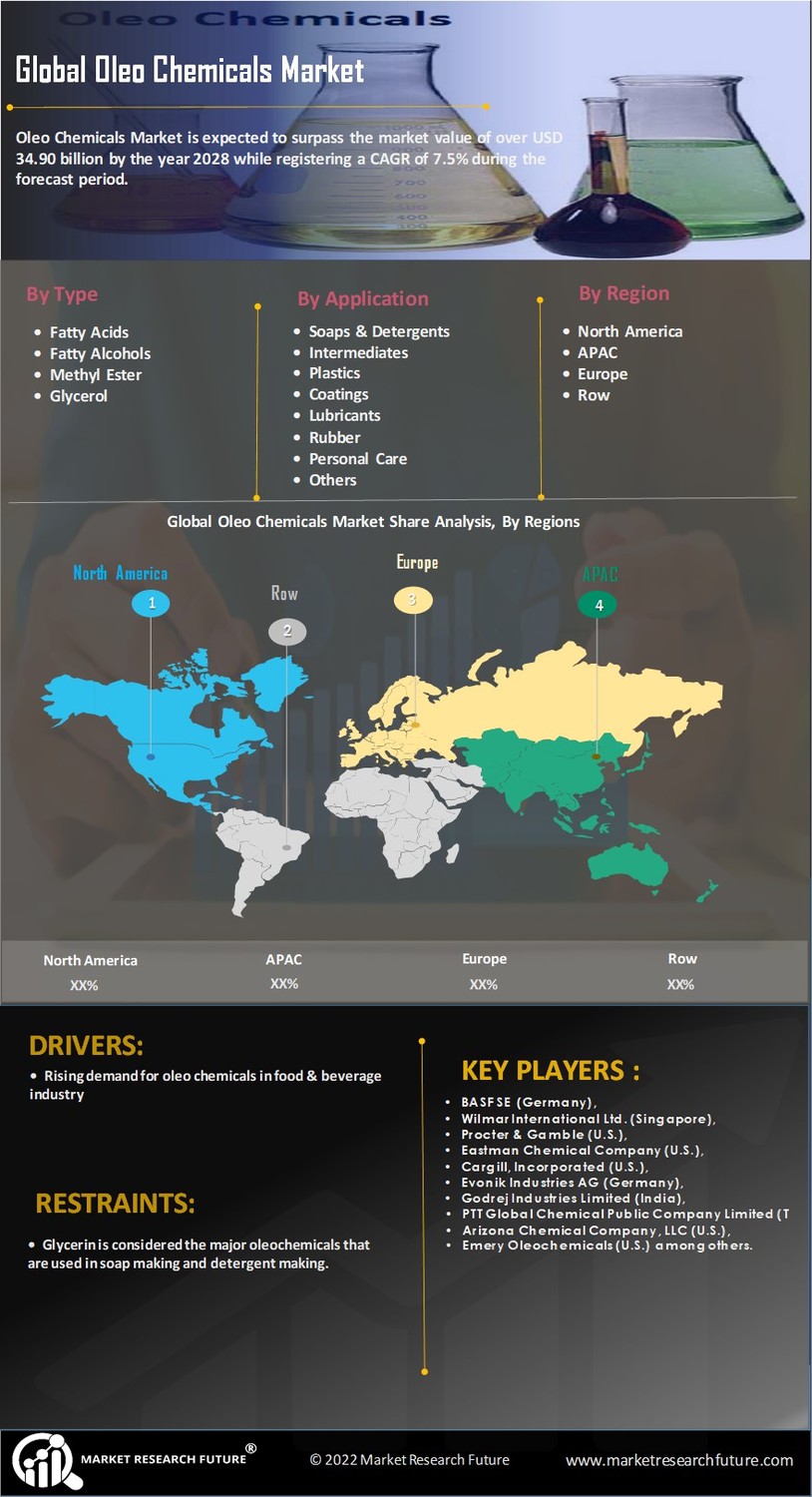

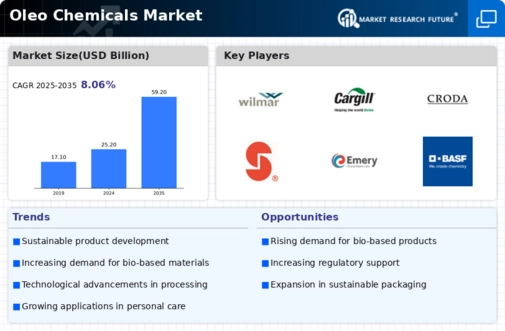

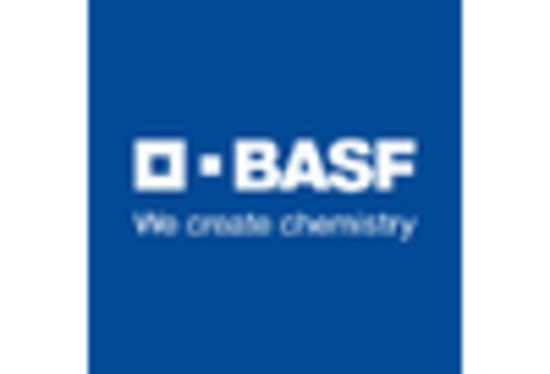
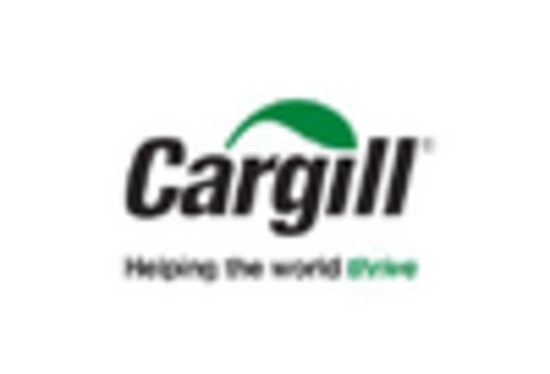


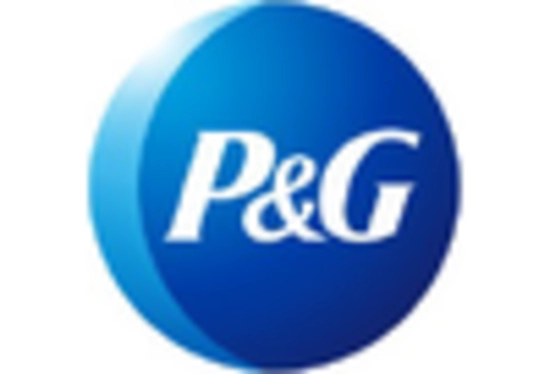
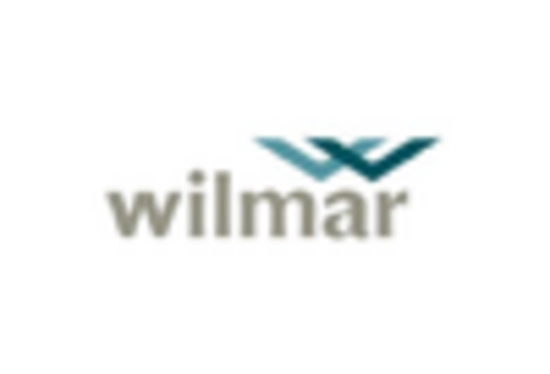








Leave a Comment